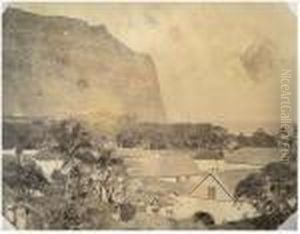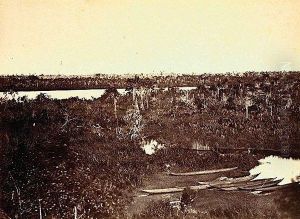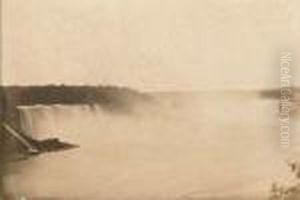Desire Charnay Paintings
Claude-Joseph Désiré Charnay, commonly known as Désiré Charnay, was a pioneering French traveler, archaeologist, and photographer, best known for his explorations of Mexico and Central America. Born on May 2, 1828, in Fleurie, Rhône, France, Charnay was initially educated in the classics and later developed a passion for travel and exploration.
Charnay's interest in archaeology was piqued by the work of John Lloyd Stephens and Frederick Catherwood, who had documented the ruins of the Maya civilization. Inspired by their findings, Charnay embarked on his first major expedition to Mexico in 1857. Using the recently developed wet collodion photographic process, he was able to take detailed photographs of the ruins he visited, a pioneering effort in the field of archaeological photography.
Over the next few decades, Charnay conducted several more expeditions throughout Mexico and Central America, documenting ancient sites such as Teotihuacan, Palenque, Chichen Itza, and Uxmal. His work was not just limited to photography; he also made plaster casts of Maya inscriptions, which were then displayed in museums in Europe and the United States.
Charnay's explorations were not without controversy. He faced criticism for his methods, which included the use of dynamite to clear entrances to some of the ruins, a practice that would be unacceptable by today's archaeological standards. Nevertheless, his contributions to the field were significant, and his photographs served as a valuable record of many sites that have since undergone changes due to natural and human factors.
Désiré Charnay also published several books, including 'Cités et ruines américaines' (1863), which included illustrations based on his photographs. His writings helped popularize the study of Mesoamerican civilizations in Europe. Charnay's work was recognized by various geographical societies, and he received numerous honors during his lifetime.
Charnay's final years were spent in France, where he continued to write and lecture on his travels and findings. He passed away on October 24, 1915, in Paris, leaving behind a legacy as one of the early figures in the field of Mesoamerican archaeology and photographic documentation of ancient sites.


